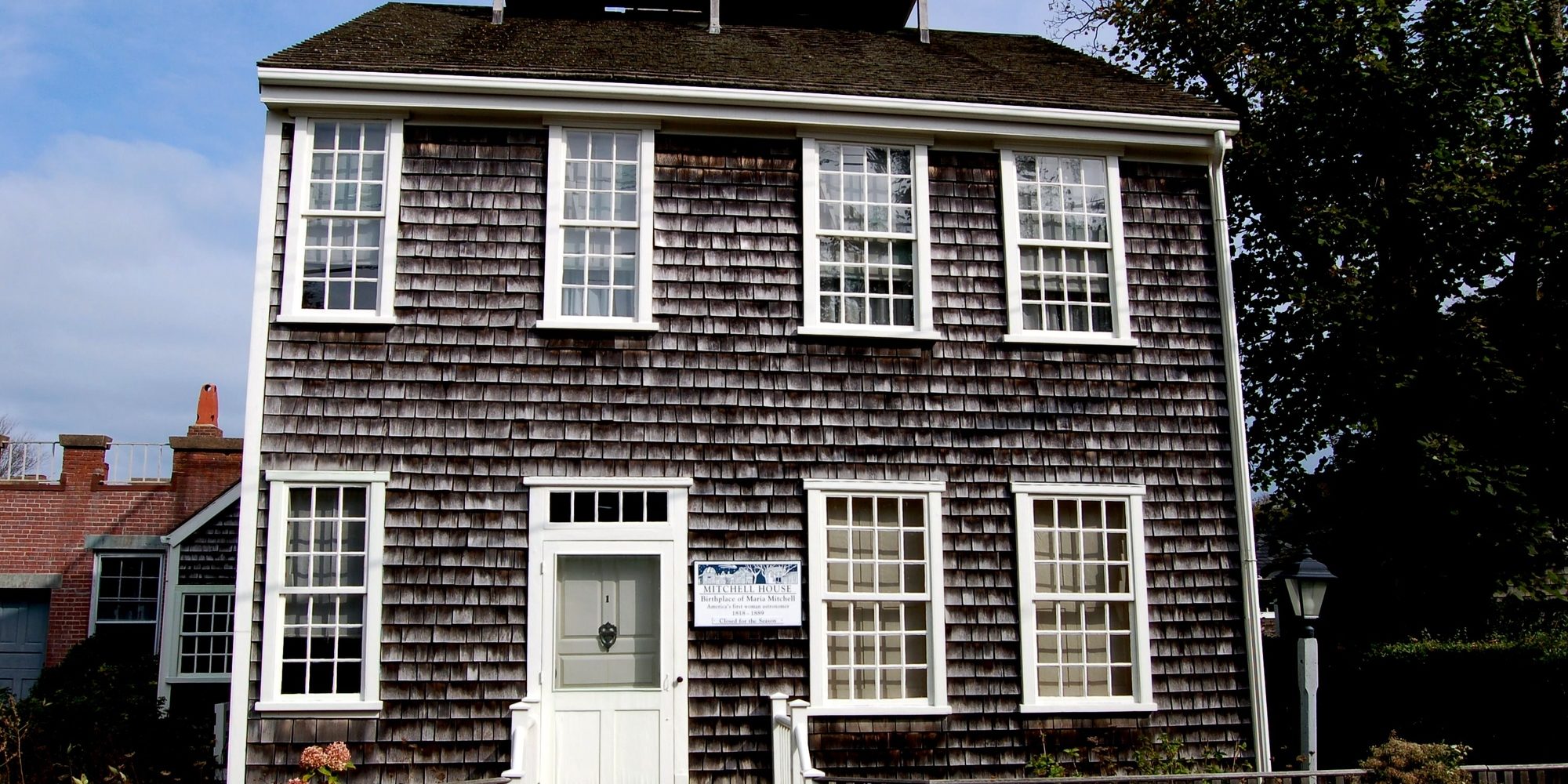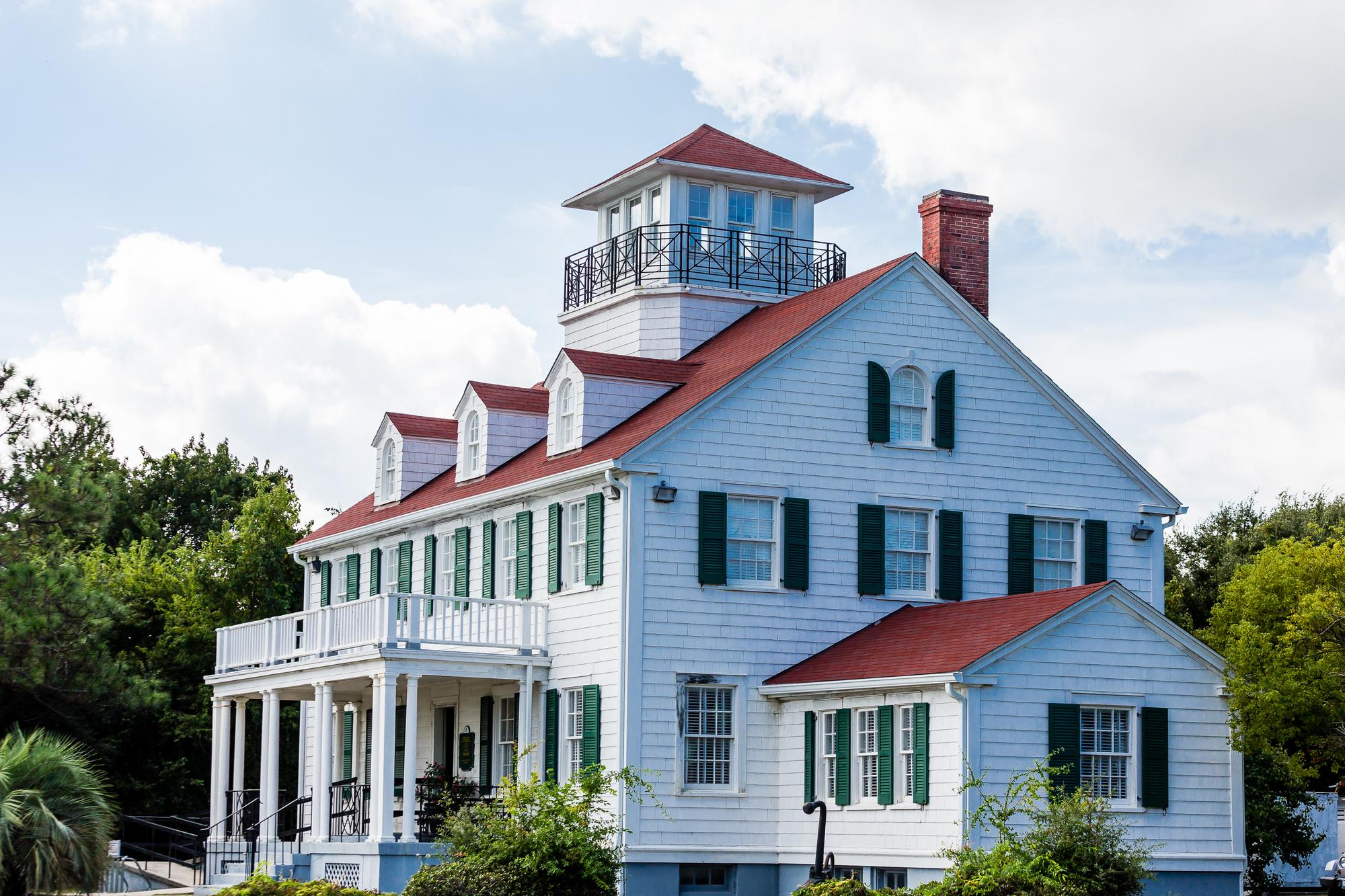Next time you take a drive through a coastal town, look to the rooftops of the houses that line the streets. You might be surprised to see a number of buildings, especially those that have been standing for a couple of decades, with rooftop patios. Allow yourself another moment to think about how beautiful the view of the ocean would look from a place such as that and how the ambiance would be. It’s no wonder that these structures, known as a widow’s walk, have permeated romantic tales for hundreds of years.
Whether you are just curious about these structures or would like to include one on your coastal residence, here is everything you need to know about widow’s walks.
What is a Widow’s Walk?
American history makes mention of the widow’s walk, also known as a portico, roof-walk, or captain’s walk, during the 1800s. Rumor has it that these architectural additions were created for the wives of sailors to see the ocean while waiting for their husbands to return from their journeys. However, more often than not, the sailors never returned—hence “widow’s walk.” Some people say that this is just a myth and that widow’s walks were more of a crow’s nest equivalent for dry land.
Whatever you believe, a widow’s walk is simply a closed-in platform found on the flat rooftops of coastal houses.
History of the Widow’s Walk
Where do these structures originate from? Many believe that widow’s walks are a variant of Italianate cupolas, also called belvederes. The suggests that widow’s walks were never meant to be for waiting wives but just stylistic elements adopted from Italians. Of course, the first widow’s walks did not even compare to belvederes or porticoes.
Instead, the widow’s walks started as hatch doors. All function and no form. Over the years, though, the style transformed from a mere door to the rooftop into the eye-catching lookouts we know today.
The secondary function of widow’s walks was to provide access to the chimney. In the past, chimney fires were a common occurrence, especially during the winter months. Thus, it would be highly preferable to have straight access to the rooftop, where water or a bag of sand would be stored to help tame any fires. Having a widow’s walk back then reduced the risk of falling from a ladder or trying to scale two stories with a bucket of water or sand.
Modern Widow’s Walks
These days, the prices of beachfront property or even houses located near the shore have skyrocketed; and the intricate details on these beautiful homes are more beautiful than ever before. Modern day widow’s walks have retained distinct style elements from the past but have implemented technological and architectural advances as well. You can find closed-in widow’s walks with doors, open-air porticoes, and many other style variations.
Some people opt to install air conditioning and heating for the widow’s walk as well. This allows the space to be enjoyed throughout the year and makes it ideal for entertaining friends and family. The main benefit of these structures is the additional space with an astounding view.
Installing a Widow’s Walk
If you are looking to install a widow’s walk on your coastal home, you need to be up to code. Generally, building codes demand that the railings on roofing measures at least 36 inches tall to prevent falling. That means that a small house with a tiny roof could end up looking quite odd with a huge and imposing railing around the top of it. You want the widow’s wall to complement the architecture—not take away from it.
To amend this, you can add some complexity. One way to get around the height regulation is to sink the window’s walk slightly lower. This way, you have solid walls up to the point where the walk rises to the roof, enabling you to have shorter railings. Unfortunately, this also means you need to cut into the current roof and the sheathing to alter the structure and, thus, it’s structural integrity.
If this does not seem worthwhile to you, there are other options out there, like rooftop decks and verandas.
Best Roofing Materials For a Widow’s Walk
Porticoes are usually developed with a copper pan that is framed with drainage to prevent water from pooling on the surface of the roof. Copper can be rather expensive in today’s market, so the recommended substitute for flat roof widow’s walks is EPDM rubber roofing.
However, no matter what kind of materials you choose for your widow’s walk, you will need to pay attention to the condition of the portico and maintain it. Anytime your roof has a flat surface, you introduce the possibility of pooled water, which heightens the risk of mold growth, leaks, and water damage.
Wrapping It Up
Widow’s walks—also known as porticoes—can be a stunning architectural addition to your coastal home. Building a widow’s walk can be a challenging project depending on the shape and size of your residence, but that does not mean it is impossible. With a little bit of planning, you will soon be enjoying sunrises and sunsets from the top of your home.
If you are planning on building a widow’s walk, you should hire a local roofing contractor with experience. Fill out the contact form to get in touch with us, ask us questions, and get more information about projects like these. Get in touch with RGB Construction by calling 856-264-9093.








